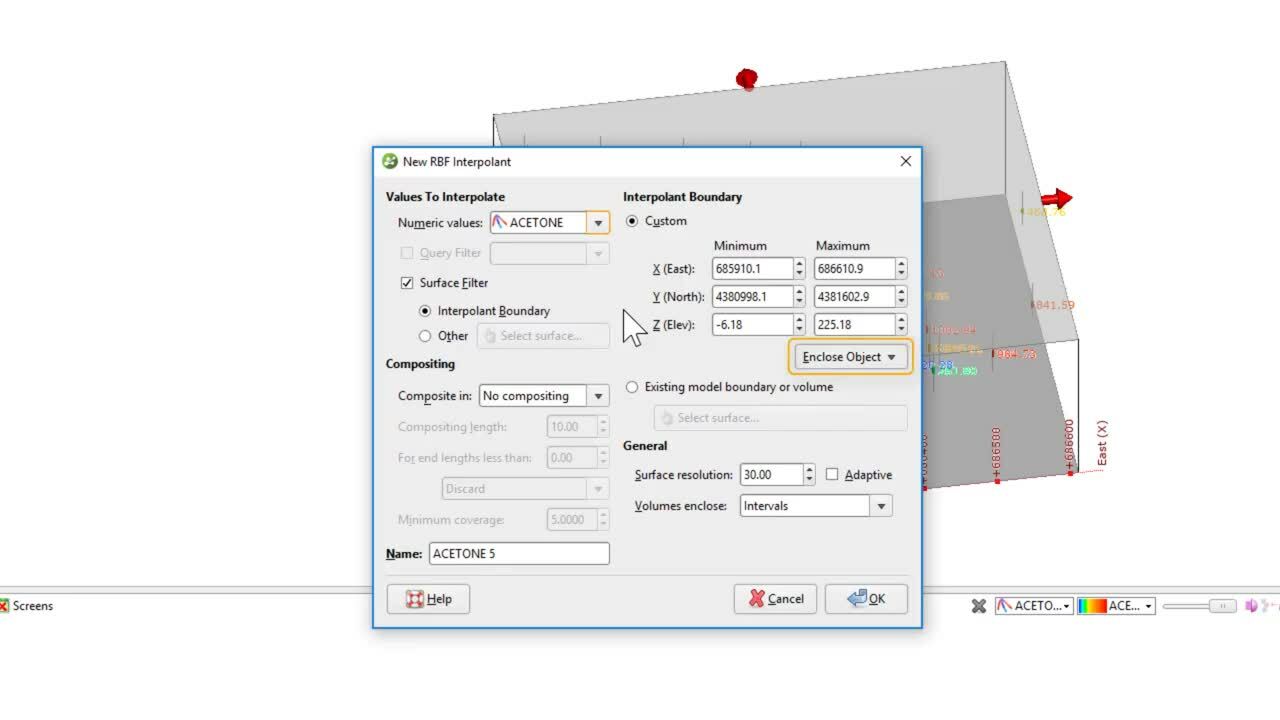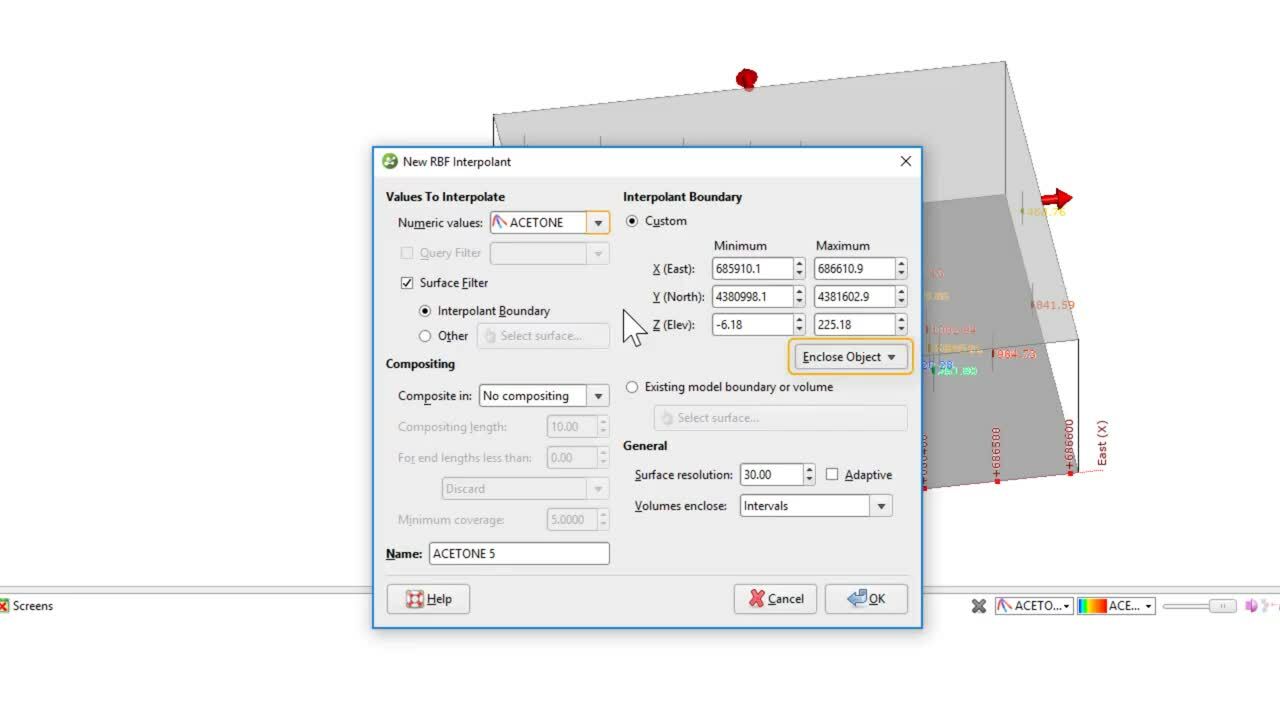This video introduces creating numeric models in Leapfrog.
Please note: In late 2020, Leapfrog Works received a significant update to its user interface. While the current version of Leapfrog looks quite different from the version used to record this video, most of this content is still valid as the layout, location of functions, and workflows remain largely the same.
For more information about the latest new features, please see the Leapfrog Works product page (https://my.seequent.com/products/leapfrog-works/latest).
For more comprehensive contaminant modelling workflows, please check out the Leapfrog Works Contaminants Extension: https://www.seequent.com/products-solutions/leapfrog-works/contaminants-extension/
0:00 – Introduction to Numeric Models in Leapfrog
0:31 – Visualising numeric data – numeric data colourmaps
1:44 – Creating a new numeric model – RBF Interpolant
1:53 – Setting up the initial interpolant parameters
2:58 – Visualising the numeric model
3:05 – Editing the numeric model
3:10 – Adding a new model boundary
3:58 – Changing the numeric model surface values
4:20 – Setting a trend
5:14 – Copying a numeric model for model comparisons
5:23 – Linear vs Spheroidal interpolant model
5:40 – Drift parameter – constant vs none
6:18 – Tips for using Numeric Models
Duration
7 min

See more on demand videos
VideosFind out more about Seequent's mining solution
Learn moreVideo Transcript
The video transcript gets copy and pasted here





